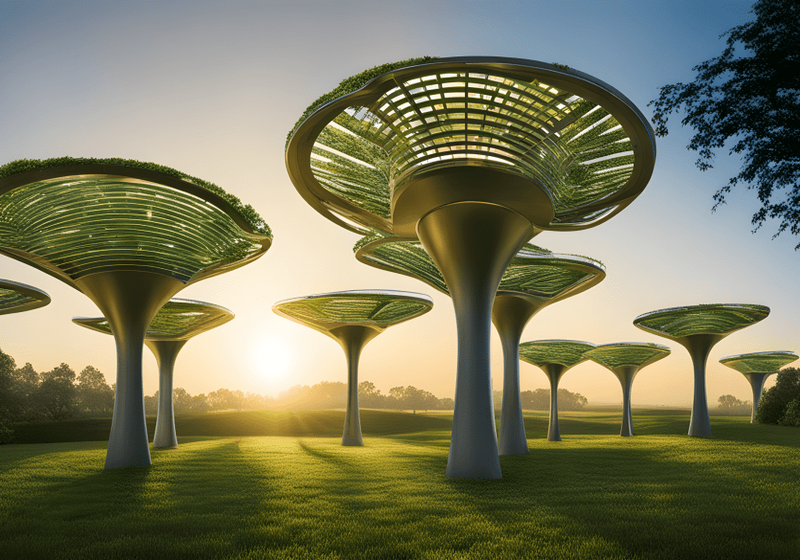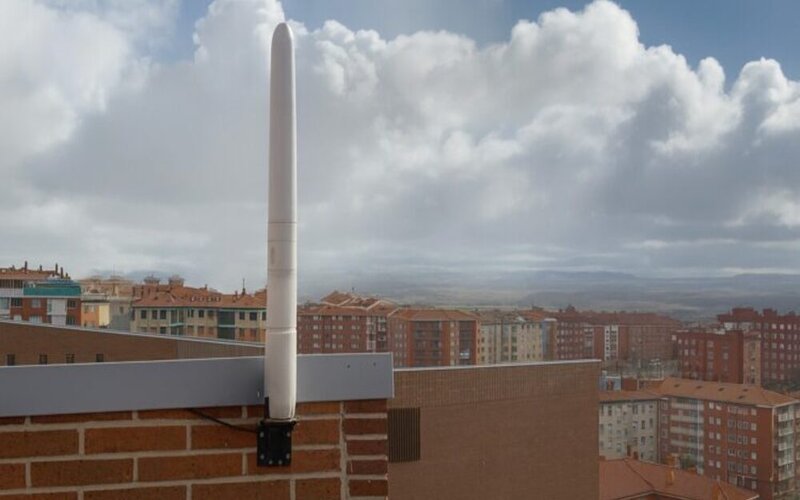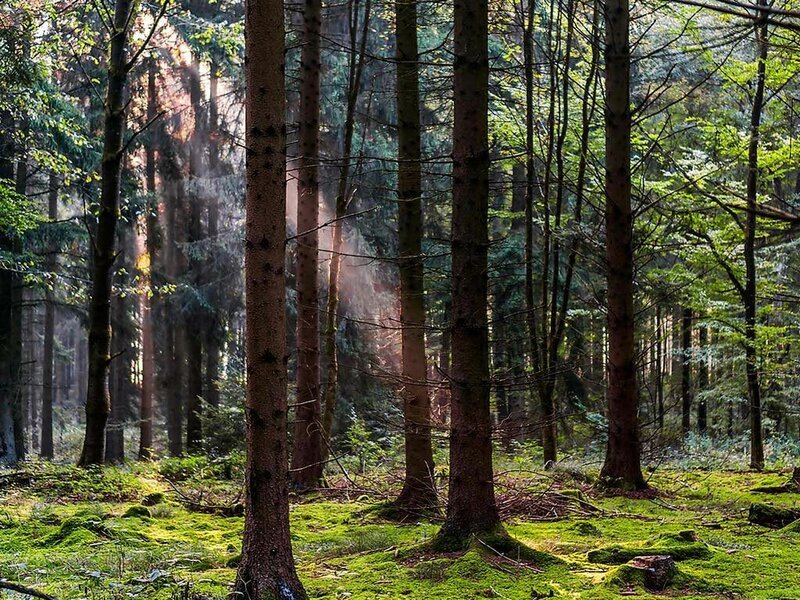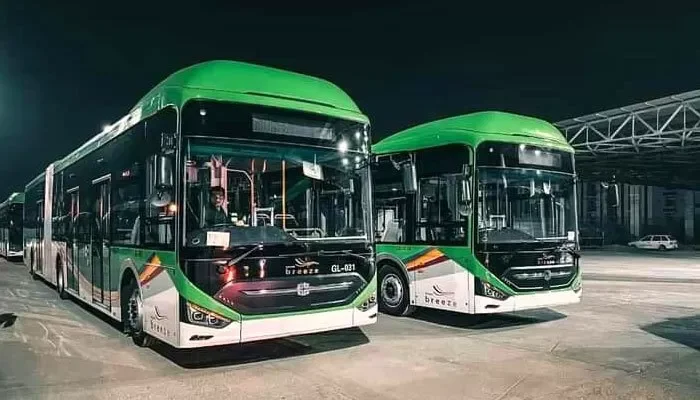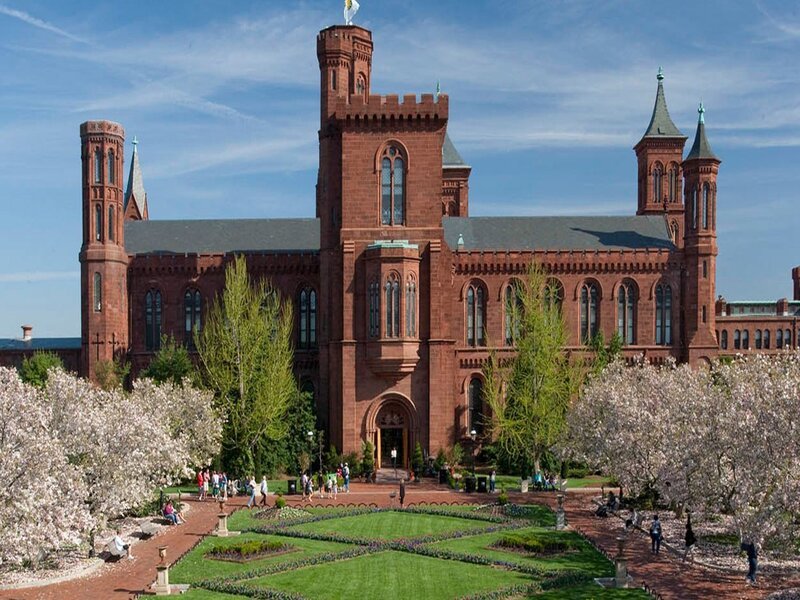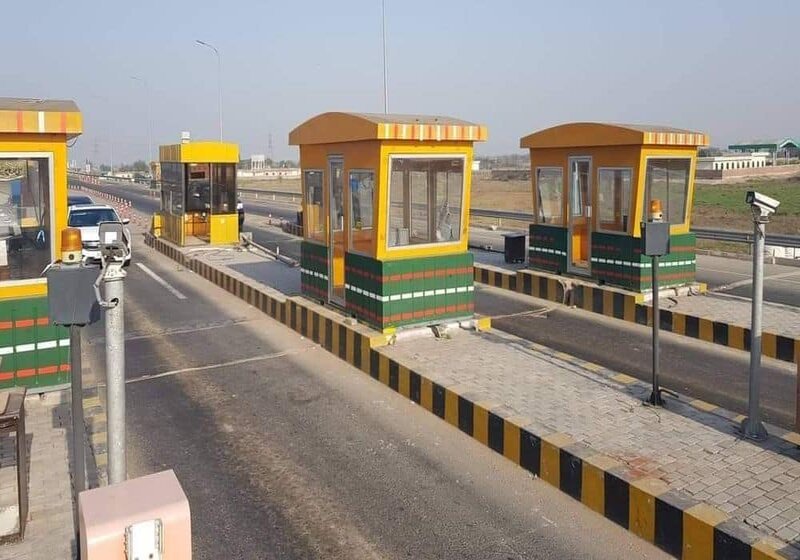Korean researchers have developed advanced solar tree technology that generates energy levels comparable to conventional solar farms while preserving nearly all of the surrounding forest ecosystem. These vertical solar structures are designed to stand tall within forested landscapes, spaced 20 meters apart to allow sunlight to continue reaching the vegetation below. This spacing ensures that the forest canopy and understory remain largely intact, supporting plant growth and biodiversity.
Unlike traditional flat solar panel installations that often require widespread deforestation, these solar trees offer a sustainable alternative by integrating clean energy systems directly into natural environments. The design not only minimizes environmental disruption but also maximizes land use efficiency, making it possible to harvest solar energy without sacrificing green space.
This innovation marks a major shift in how solar power can be implemented around the world, particularly in regions where forest conservation is critical. By combining renewable energy generation with ecosystem protection, solar trees present a scalable solution that benefits both climate goals and biodiversity. As cities and countries look to expand clean energy infrastructure, this approach offers a promising path forward that aligns environmental preservation with technological progress.

